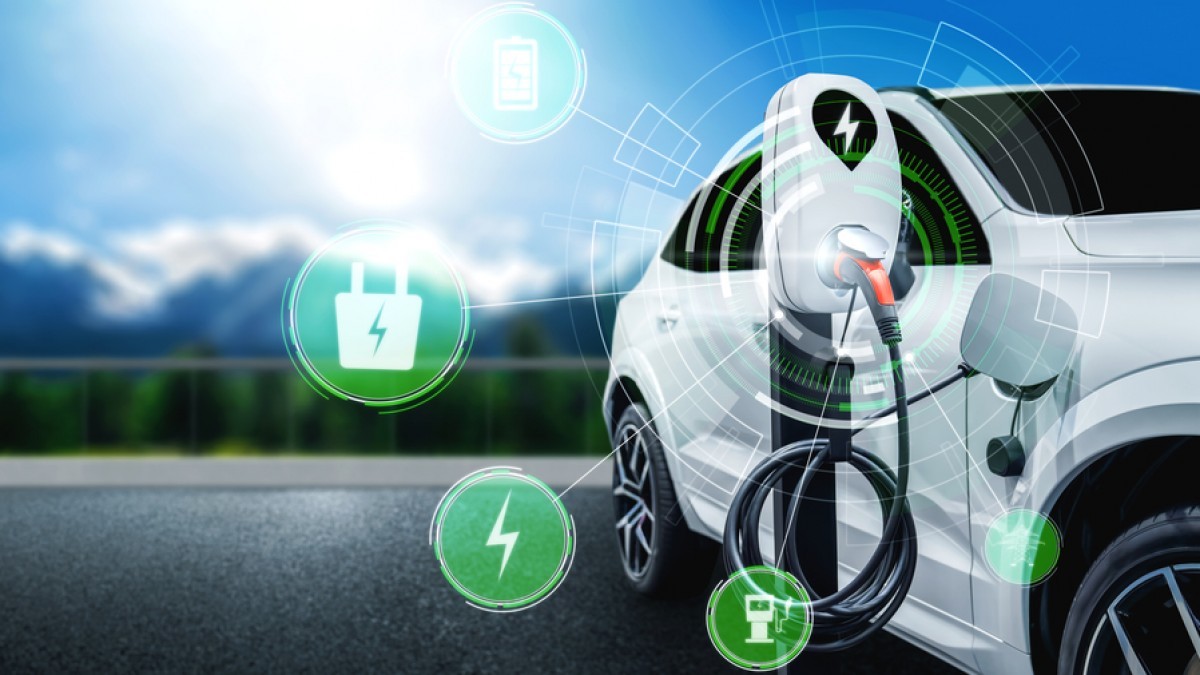In recent years, the automotive industry has witnessed a transformative shift towards sustainability, driven by the growing demand for green vehicles. These environmentally friendly alternatives, including electric vehicles (EVs), hybrid electric vehicles (HEVs), and fuel-efficient models, are revolutionizing transportation by reducing emissions, conserving resources, and advancing technological innovation. This comprehensive exploration delves into how green vehicles are reshaping the automotive landscape, highlighting their environmental benefits, technological advancements, market trends, and societal impacts.

1. Introduction: The Rise of Green Vehicles
Green vehicles encompass a range of technologies designed to minimize environmental impact while meeting consumer demand for efficient and sustainable transportation options. This shift reflects a broader commitment within the automotive sector to address climate change, reduce dependency on fossil fuels, and promote energy efficiency.
2. Types of Green Vehicles
Green vehicles include various technologies and configurations aimed at enhancing sustainability:
- Electric Vehicles (EVs): Powered solely by electric motors and rechargeable batteries, EVs produce zero tailpipe emissions and offer significant reductions in greenhouse gas emissions compared to conventional vehicles.
- Hybrid Electric Vehicles (HEVs): Combine internal combustion engines with electric motors and batteries, optimizing fuel efficiency and reducing emissions by leveraging electric power during low-speed driving and acceleration.
- Plug-in Hybrid Electric Vehicles (PHEVs): Similar to HEVs but with larger batteries that can be charged from an external power source, allowing for longer electric-only driving ranges and reduced reliance on gasoline.
3. Environmental Benefits of Green Vehicles
Green vehicles contribute to environmental sustainability through several key benefits:
- Reduced Greenhouse Gas Emissions: EVs and HEVs significantly reduce CO2 and other pollutants, helping to mitigate climate change and improve air quality in urban areas.
- Energy Efficiency: Electric drivetrains are more energy-efficient than internal combustion engines, converting a higher percentage of energy into propulsion and reducing overall energy consumption.
- Resource Conservation: Green vehicles promote the efficient use of resources such as oil and reduce dependence on non-renewable fuels, supporting long-term energy security and sustainability.
4. Technological Advancements
Advancements in green vehicle technology are driving innovation and market adoption:
- Battery Technology: Improvements in battery energy density, charging speed, and lifespan are enhancing the performance and affordability of electric vehicles.
- Electric Powertrains: Development of high-efficiency electric motors, regenerative braking systems, and lightweight materials is optimizing vehicle efficiency and range.
- Connected and Autonomous Features: Integration of smart technologies and autonomous driving capabilities enhance energy management, optimize route planning, and improve overall vehicle efficiency.
5. Market Trends and Consumer Adoption
Consumer demand for green vehicles is growing rapidly, influenced by factors such as:
- Environmental Awareness: Increasing concern over climate change and air quality prompts consumers to choose eco-friendly transportation options.
- Government Incentives: Subsidies, tax credits, and emissions regulations incentivize consumers and automakers to invest in green vehicle technologies.
- Cost Competitiveness: Falling prices of batteries and improvements in infrastructure are making green vehicles more accessible and cost-competitive compared to conventional cars.
6. Societal Impacts and Urban Mobility
Green vehicles are reshaping urban mobility and societal norms:
- Reduced Urban Pollution: Adoption of electric and hybrid vehicles helps mitigate urban pollution, contributing to healthier living environments and reduced healthcare costs.
- Infrastructure Development: Expansion of charging networks and renewable energy sources supports sustainable urban planning and enhances transportation infrastructure.
- Employment Opportunities: Growth in green vehicle manufacturing, research, and infrastructure creates new jobs and economic opportunities in renewable energy sectors.
7. Challenges and Future Outlook
Despite their benefits, green vehicles face challenges such as:
- Infrastructure Constraints: Limited charging stations and range anxiety hinder widespread adoption of electric vehicles, requiring investment in infrastructure development.
- Battery Recycling: Proper disposal and recycling of lithium-ion batteries present environmental challenges and require sustainable solutions.
- Market Competition: Continued advancements in internal combustion engine efficiency and alternative fuels pose competitive challenges to the green vehicle market.
8. Policy and Industry Initiatives
Government policies and industry initiatives play a pivotal role in driving the transition to green vehicles:
- Emission Standards: Stricter emissions regulations and targets incentivize automakers to invest in cleaner technologies and reduce vehicle emissions.
- Research and Development: Public-private partnerships and investments in research accelerate technological innovations in battery technology, electric drivetrains, and sustainable materials.
- Global Collaboration: International agreements and initiatives promote harmonization of standards, best practices, and technology transfer to accelerate global adoption of green vehicles.
9. Conclusion: Embracing Sustainable Mobility
Green vehicles are at the forefront of a sustainable transportation revolution, offering environmental, economic, and societal benefits that resonate globally. As technological advancements continue and consumer adoption grows, green vehicles will play a crucial role in shaping the future of mobility. Embrace the shift towards sustainable transportation solutions, and join the movement towards a cleaner, greener automotive industry that prioritizes environmental stewardship and innovation. Together, we can drive positive change and build a sustainable future for generations to come.



